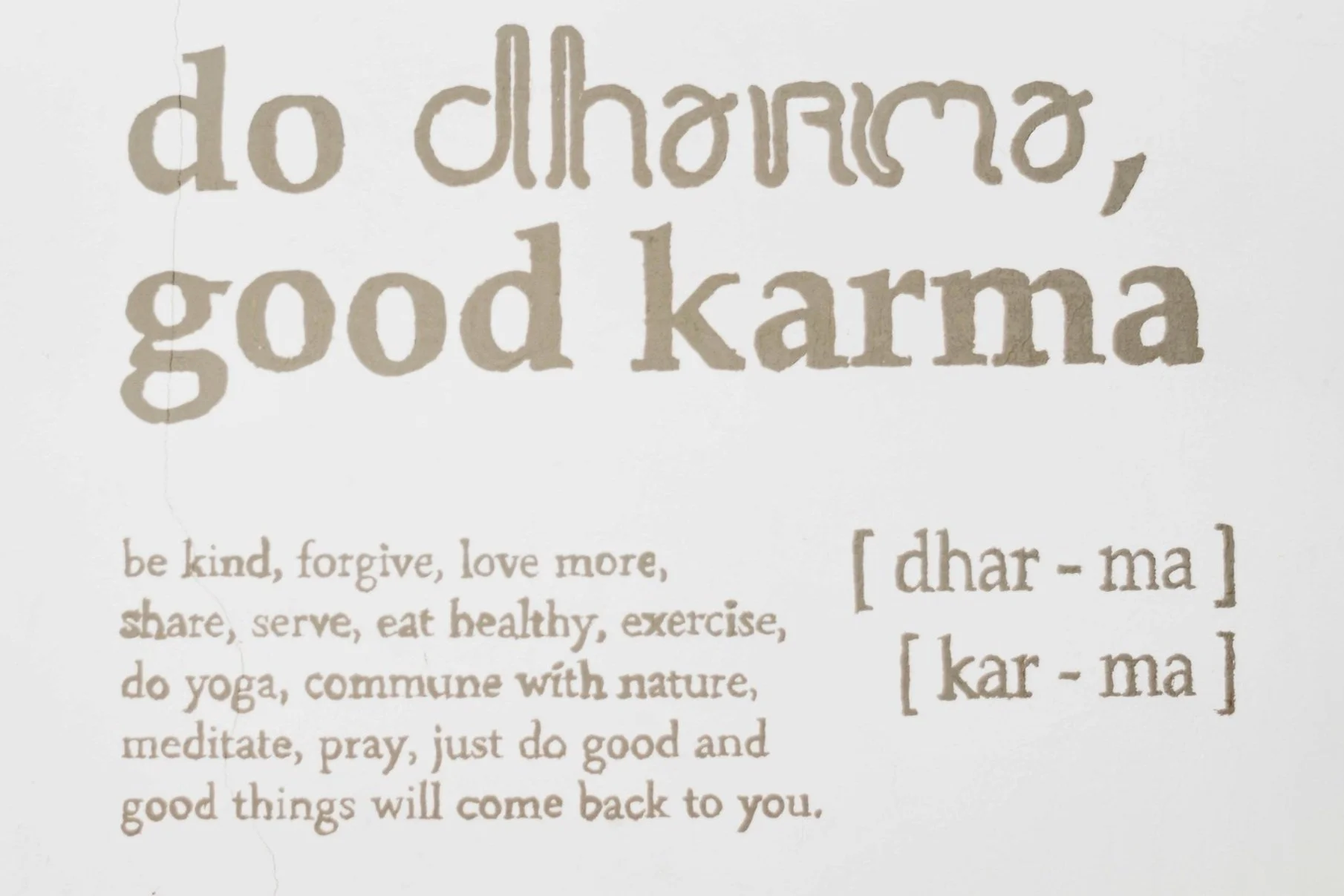Yoga is not about touching your toes, it's about what you learn on the way down.
-

Karma Yoga
Path of Action
Karma Yoga’s philosophy constitutes the foundation for right living.
Activity Is the Insignia of Life
Life itself expresses through constant activity. As long as we are alive, we must act.
The outcome of any action depends partly on your own effort and partly on external factors beyond your control- like timing, circumstances, and other people.
Karma Yoga teaches that our duty is to act in the present, with full sincerity and focus, without becoming attached to the results.
“‘What’ you meet in life is destiny, and ‘how’ you meet it, is self-effort.” ~ Swami Chinmayananda -

Jñāna Yoga
Path of Knowledge
Jñāna Yoga is the spiritual path of inner self-inquiry. It invites us to reflect deeply, question boldly, and meditate sincerely, all with the goal of discovering our true nature.
It gives us the tools to live life with clarity, purpose, and inner freedom.Through this knowledge, we learn to differentiate the transient from the eternal, uncovering our true Self beneath the layers of identity, emotion, and thought.
This path doesn’t demand belief, but encourages inquiry, honest, fearless exploration of who we are, what the world is, and what lies beyond appearances. -

Bhakti Yoga
Path of Devotion
Bhakti Yoga is the path of love and devotion, channeling our emotions and desires towards a deep connection with the Divine.
By cultivating qualities like compassion, humility, and faith we can calm the restless mind and experience inner peace.
Through Bhakti, we learn to accept life's impermanence and surrender to a higher purpose, transforming emotional turbulence into spiritual strength.
“God is simple. Everything else is complex. Do not seek absolute values in the relative world of nature.”
~ Paramhansa Yogananda




